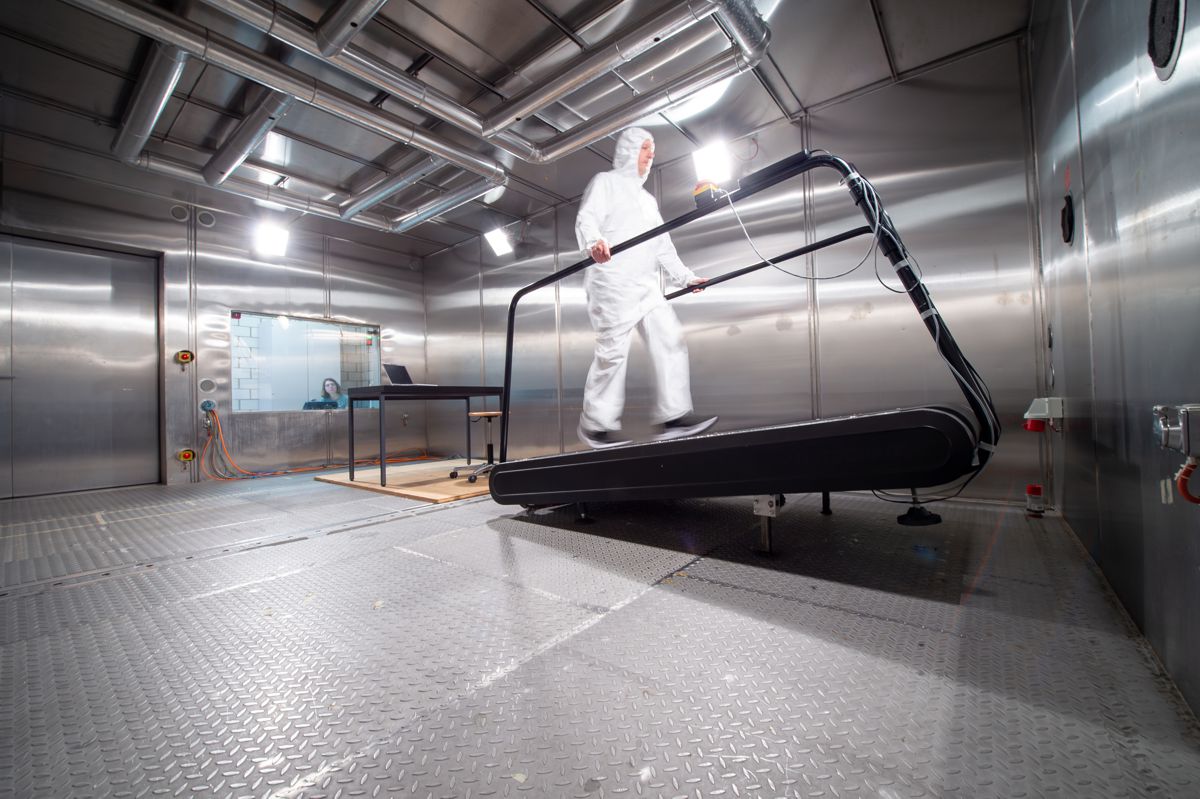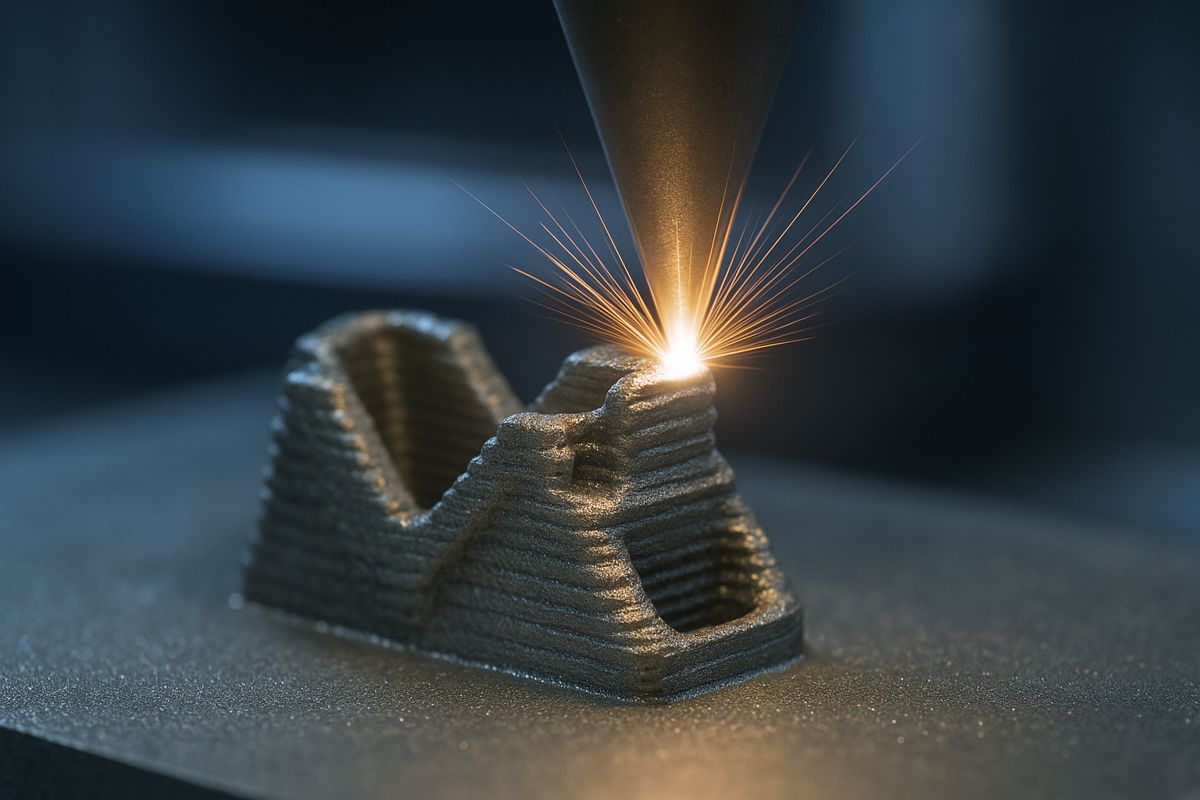Ultra-Thin Fabric Muscles and the Future of Wearable Robotics
In the race to develop smarter, more intuitive wearable robotics, one breakthrough is quietly reshaping expectations across healthcare, construction, logistics, and rehabilitation.
Researchers in South Korea have achieved what many saw as the missing link for truly wearable robotic support: ultra‑thin, fabric‑based artificial muscles that can be mass‑manufactured with precision, consistency, and scale.
The Advanced Robotics Research Center at the Korea Institute of Machinery and Materials (KIMM), under the National Research Council of Science & Technology, has unveiled an automated system capable of continuously weaving shape memory alloy coil yarn into lightweight, flexible artificial muscle fabrics. Each filament is astonishingly slender at just 25 micrometres thick, which is roughly a quarter of the diameter of human hair.
These woven artificial muscles weigh only around 10 grams yet can lift between 10 and 15 kilograms. That kind of strength‑to‑weight ratio makes them the closest artificial equivalent to biological muscle yet seen in commercial‑ready form.
According to KIMM’s Principal Researcher, Dr Cheol Hoon Park: “Our development of continuous mass‑production technology for fabric muscle, the key component of clothing‑type wearable robots, will significantly improve quality of life in fields such as healthcare, logistics, and construction. We will continue to build on KIMM’s extensive wearable robotics technologies to accelerate commercialization and lead the global wearable robotics market.”
Addressing the Limitations of Traditional Wearable Robotics
Conventional exoskeletons have made great strides in certain industrial settings and rehabilitation programmes. Yet their reliance on motors, pneumatics, and rigid structures has introduced challenges:
- Bulk and weight
- Mechanical noise
- Limited freedom of movement
- Higher cost and complex maintenance
These limitations have historically confined exosuits to specific tasks and controlled environments. Active support for highly mobile joints like the shoulder has proved especially difficult.
KIMM’s solution breaks from tradition. By weaving shape memory alloy fibres around natural cores, then integrating them into flexible fabric panels, the researchers have unlocked movement support that can flex, twist, and drape naturally along the body. This enables wearable robots that feel more like clothing than machinery.
Clothing‑Type Robots That Move Naturally with the Body
The real‑world results are already impressive. Using these fabric muscle actuators, the KIMM team developed a wearable robotic garment that weighs less than 2 kilograms and assists three major regions simultaneously: shoulder, elbow, and waist.
Volunteer trials demonstrated more than 40 percent reduction in muscle exertion during repetitive motion tasks. That kind of performance places this technology firmly in industrial territory, where workers in logistics, warehousing, and manufacturing routinely face fatigue‑related injuries.
The team also engineered a dedicated shoulder‑assist device weighing just 840 grams. In clinical studies at Seoul National University Hospital, patients with muscular weakness, including those living with Duchenne muscular dystrophy, experienced more than a 57 percent improvement in shoulder mobility.
A Game‑Changer for Frontline Workers
Across construction and heavy industry, ergonomic injuries remain a persistent problem. Musculoskeletal disorders account for billions in direct and indirect costs globally each year.
Lightweight wearable muscle suits could become essential PPE for physically demanding roles, supporting workers without restricting movement or requiring specialised tools or power sources. For construction contractors, logistics providers, and warehousing firms, this innovation may offer a scalable path to reducing injury rates and extending workforce longevity.
International organisations such as OSHA and the European Agency for Safety and Health at Work consistently highlight the urgent need for fatigue‑reducing assistive technologies. A fabric‑based solution may prove far easier to deploy at scale than traditional mechanical exoskeletons.
From Hospitals to Homes
The healthcare implications stretch well beyond industrial applications. Ultra‑light wearable muscle systems could give patients greater daily independence, support rehabilitation therapies, and reduce reliance on caregivers.
Duchenne muscular dystrophy patients, for example, can benefit from mechanical assistance that feels more like clothing than equipment. For families and care facilities, that translates into greater mobility and dignity for patients.
Researchers also expect the technology to accelerate personalised medical wearables, blending assistance with continuous patient monitoring for progressive conditions.
How Shape Memory Alloy Fabric Muscles Work
Shape memory alloys contract when heated and relax when cooled. When drawn into ultra‑fine coil structures and woven into fabric systems, they behave remarkably like organic muscle tissue.
KIMM’s innovation lies not only in material science but in automation. Their new weaving system maintains consistent fibre alignment, tension, and coil integrity through continuous manufacturing. This breakthrough addresses an industry‑wide challenge: producing smart actuators that are reliable, scalable, and inexpensive enough for commercial adoption.
Previous attempts relied on metallic cores, limiting flexibility and slowing production. By switching to natural fibres at the core of the SMA coils, KIMM improved stretch characteristics and automated the weaving process without sacrificing durability.
A Step Towards Human‑Centred Robotics
This progress aligns with a broader global shift from robotic systems that replace labour to those that empower it. Industries recognise that wearable robotics are most impactful when they:
- Augment natural human motion
- Reduce fatigue and injury risk
- Preserve freedom of movement
- Remain cost‑effective and easy to maintain
KIMM’s fabric muscle system ticks each box, signalling a move toward unobtrusive, clothing‑style robotic augmentation.
Strengthening Korea’s Technological Leadership
The achievement has earned the KIMM team the Best Research Award 2024 and support from:
- The Ministry of Trade, Industry and Resources (MOTIR)
- KIMM’s ACE programme
- Seoul National University Hospital’s Lee Kun‑hee Child Cancer and Rare Disease Project
The findings appear in the October 2025 issue of IEEE’s Transactions on Neural Systems and Rehabilitation Engineering, a leading global journal in the field.
KIMM, founded in 1976, has long played a central role in Korea’s industrial and technological development. Its research footprint spans advanced materials, robotics, manufacturing, and reliability engineering.
Fabric Muscles as a Platform Technology
From construction sites to rehabilitation wards, the potential applications are far‑reaching. Machine‑knitted exosuits, intelligent PPE, personalised rehabilitation garments, emergency response support systems, the list grows by the month.
Several global companies, including US‑based Myomo and Japan’s Innophys, are already pursuing assistive wearables, and this breakthrough positions Korea to play a defining role in the next wave of robotics commercialisation.
Powering a More Capable and Inclusive Future
The fabric muscle revolution marks a turning point. Wearable robots are moving from rigid to soft, from mechanical to textile, from lab prototypes to scalable products.
If early results are any indication, the technology won’t just change how humans work, move, and recover, it will redefine the boundaries of independence, strength, and dignity.




















